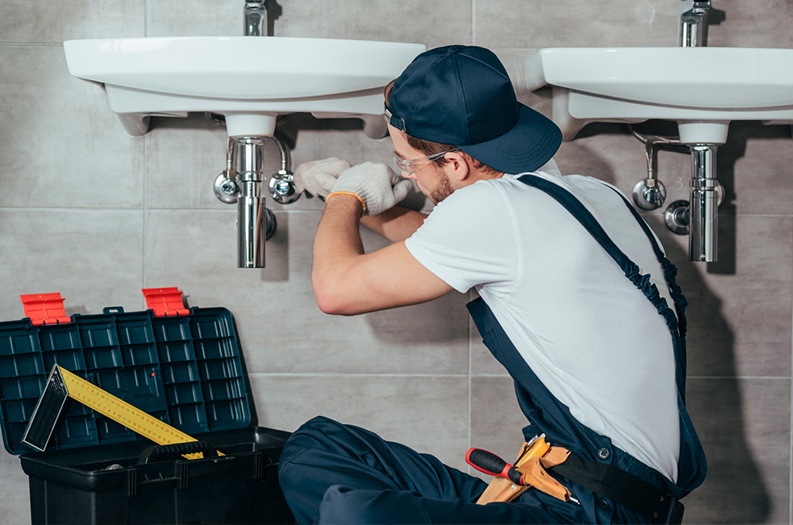Insightful Perspectives
Explore a world of engaging news and informative articles.
Plunging Into Plumbing Predicaments
Dive deep as we unravel plumbing troubles and offer crafty solutions to transform your DIY skills from novice to pro!
Common Household Plumbing Issues and How to Fix Them
Common household plumbing issues can disrupt your daily routine and lead to significant water damage if not addressed promptly. Some of the most frequent problems include leaky faucets, clogged drains, and running toilets. A leaky faucet not only wastes water but can also increase your utility bills. To fix a leaky faucet, start by turning off the water supply and removing the handle and cartridge to replace any worn washers or O-rings. Additionally, keeping a plunger handy can be essential for tackling clogged drains.
Another prevalent issue is the running toilet, which can waste hundreds of gallons of water daily. To fix this, check the flapper and the fill valve in the tank; they may need adjustment or replacement. Additionally, if you notice a sudden drop in water pressure, this could indicate a hidden leak in your plumbing system. Regular maintenance can prevent these common plumbing problems. Identifying issues early and knowing simple fixes can save homeowners time and money in the long run.

The Ultimate Guide to Preventing Plumbing Disasters
Preventing plumbing disasters is crucial for maintaining the integrity of your home and avoiding costly repairs. Regular maintenance can significantly reduce the likelihood of unexpected issues. Start with annual plumbing inspections by a professional to check for potential problems such as leaks, corrosion, and worn-out fixtures. Additionally, be proactive by keeping track of your plumbing system’s age; older pipes may require more frequent monitoring. Here are some essential tips to keep in mind:
- Check your water pressure regularly.
- Avoid pouring grease down the drain.
- Ensure that all faucets and hoses are properly tightened.
In addition to regular inspections, practicing good habits can help you avoid plumbing woes. One effective method is to educate your household about what can and cannot be flushed down the toilet; items like wipes and feminine hygiene products should be disposed of in the trash instead. Moreover, consider using drain strainers to catch hair and debris in showers and sinks, preventing blockages before they start. If you do notice any signs of trouble, such as slow drainage or unusual noises, address these issues immediately to prevent them from escalating into major plumbing disasters.
What to Do When Your Toilet Won't Flush: Expert Solutions
When you discover that your toilet won't flush, it can be a frustrating experience. However, there are several expert solutions you can try before calling a plumber. First, check for obvious issues such as a clogged toilet. To address this, you can use a plunger to dislodge any blockages. Make sure to create a tight seal around the drain, and use firm, consistent pumps to push the clog through. If the plunger doesn’t work, try using a toilet auger to reach deeper clogs that a plunger can't eliminate.
If your toilet still won't flush after attempting these methods, consider checking the water supply. Ensure that the toilet's shut-off valve, located behind the toilet, is fully open. Additionally, examine the tank components—specifically the flapper valve, float, and fill valve. If any of these parts are malfunctioning, you may need to replace them to restore proper flush functionality. In some cases, sediment buildup can also obstruct the fill valve; a quick clean can make a significant difference.